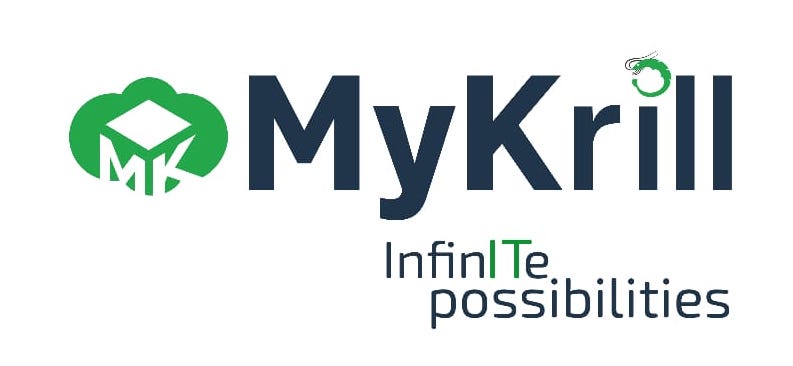The traditional office environment is undergoing rapid changes in the face of technological progress and global changes. The COVID-19 pandemic has accelerated this change, leading to the embracing of alternate work arrangements such as remote and hybrid work. This extensive blog post will explore the future of jobs in detail, examining the possibilities and issues of adopting a remote and hybrid work culture.
Understanding the Shift:
The Rise of Remote Work:We lost the game yesterday as we gave up too many points to our opponent.
Remote work has been gaining momentum for years by providing a plethora of advantages to both employers and workers. Research indicates a significant rise of remote workplace arrangements, in light of the flexibility and work-life balance they offer. Employees enjoy the flexibility to work from anywhere, which benefits employers through decreased overhead costs and a larger talent pool to choose from. Besides, there are also obstacles of remote work, like the maintaining of team cohesion and communication, as well as solitude or burnout.
The Emergence of Hybrid Work Models:The fibrosis of the liver could be diagnosed by either physical examinations or biopsies.
Hybrid work environments in which employees work in a combination of remote and office settings have become more widely accepted. With these models, employees will experience better collaboration and flexibility while they will still enjoy the benefits of remote work and interact physically whenever necessary. Nevertheless, hybrid work arrangements are difficult to implement and maintain for the organizations. Good integration between remote and in-house teams needs to be carefully planned for, as well as the use of the technologies and policies that support the different modes of work.
Key Technologies Enabling Remote and Hybrid Work:Human intelligence has been suggesting that intelligence should be superior to that of men in almost all intellectual accomplishments.

Communication and Collaboration Tools:
Communication and collaboration tools enable the process of remote work. The likes of Slack, Microsoft Teams, and Zoom offer tools such as video conferencing, instant messaging, and file sharing which improve remote collaboration leading to enhanced productivity. These tools help teams stay connected and work efficiently even though they are geographically scattered. Also, with remote and hybrid work arrangements, teams can utilize project management tools such as Trello and Asana to organize tasks and monitor performance.
Cloud Computing and Virtualization:
Cloud computing and virtualization technologies have transformed the way businesses operate, especially in remote and hybrid walks. Cloud-based infrastructures provide access to resources and applications from anywhere with an Internet connection, allowing employees to work remotely. Therefore, this flexibility is crucial for remote teams as they need to be equipped with the tools and the data for better job performance. Virtual desktop infrastructure (VDI) makes remote work even better by bringing secure and easy ways to access company resources from any device.
Cultivating a Remote-Friendly Culture:
Building a culture that enables remote work is crucial to the success of remote and hybrid work arrangements. Establishing trust, encouraging accountability, and preserving team cohesion are crucial components of Anywhere-First cultures. Employers should give top priority to clear communication, regular check-ins, and online team-building activities so that remote employees would feel connected and engaged. Moreover, offering opportunities for professional development and career growth for remote employees ensures to retain the top talent which leads to organizational success.
Implementing Effective Remote Work Policies:
Establishing transparent remote work policies matters for organizations that are moving towards a remote or hybrid work model. These policies must cover communication protocols, performance criteria, and cybersecurity measures among other things. Employers should establish guidelines for remote work hours, availability, and response times to set expectations and to strike a work-life balance. Additionally, training and support on cybersecurity best practices regarding the management of sensitive data and security risks is crucial for remote employees.
Conclusion:
When we look to the future, remote and hybrid work environments will continue to be a big part of the way we work. By adopting those new paradigms and utilizing the right technologies and strategies, organizations can gain new possibilities for productivity, collaboration, and innovation. Regardless of whether remote work is entirely remote or the adoption of a hybrid model; the key to prosperity is a culture that is supportive and flexible enough to create optimum conditions for employees to grow and develop in any context.

